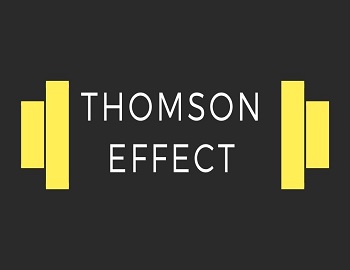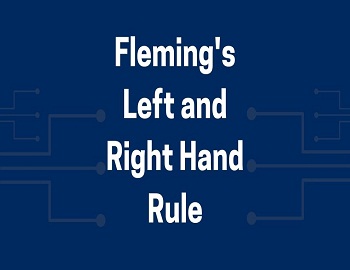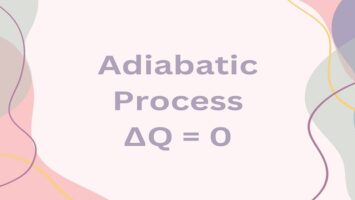What is Thomson Effect?
When a current flows through an unequally heated conductor, there is absorption or evolution of heat in the body of the conductor. This is called the Thomson effect. It should be noted that this evolution/absorption of heat is in addition to Joule’s heating effect.
Let us take the example of a copper rod. The two ends of the copper rod are maintained at different temperature. When current is allowed to pass from cold end to hot heat end, then heat is absorbed and when current is allowed to pass from hot end to cold end, then heat is evolved. In this case, the Thomson effect is said to be positive. A similar effect is observed in the case of Ag, Sb, Zn, etc.
Let us take the case of an iron rod. The two ends of the iron rod are maintained at a different temperature when current is allowed to pass from cold end to hot end, then heat is evolved and when current is allowed to pass from hot end to cold end, then heat is absorbed. In this case, the Thomson effect is said to be negative. A similar effect is observed in Bi, Co, Ni etc.
The Thomson effect is nil in case of lead. It is due to this reason that lead is taken as refrence metal in thermo elctricity.
Explanation of Thomson Effect:
Thomson effect can be explained on the basis of free electron theory of metals.
The density of free electrons in a metal depends upon temperature. The free electron in the hotter region have more energies than that of the free electrons in the colder region. Due to this, electrons move from hotter parts to the colder parts. Consequently, the potential of hotter region will be more than that of colder region.
Now, in the case of copper, if the current is allowed to pass from cold end to hot end, (i.e. from lower potential to higher potential), energy is required for it, which results in absorption of heat energy and if the current is allowed to pass from hot end to cold end (i.e. from higher potential to lower potential), then energy is released, which results in the evolution of heat. However free electron theory does not explain the negative and zero Thomson effect. These effects can be explained on the basis of quantum theory.









Comments (No)